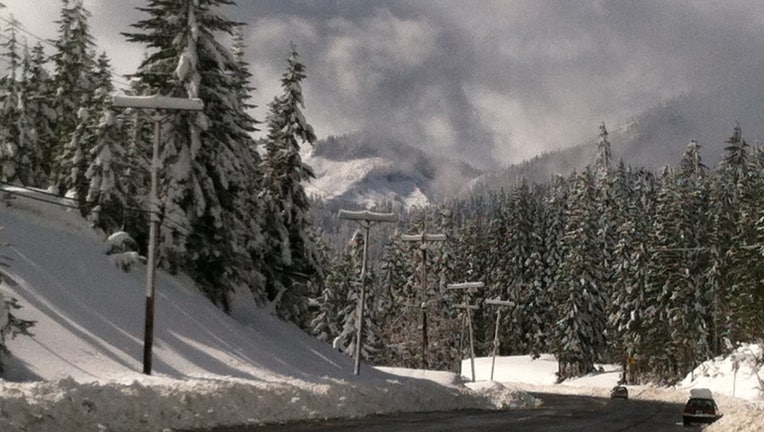Are we in for a wild winter?

From KCPQ
SEATTLE-- Winter is coming.
And the worst winters in the Pacific Northwest can kill. Deadly storms, hurricane force winds, torrential rains with flooding and of course snow and ice storms that can cripple the region.
On Tuesday, emergency managers and responders met at the National Weather Service's offices in Seattle to listen intently to what the National Weather Service thinks this coming winter will look like.
One of the key ingredients in forecasting several months ahead is the water temperatures in the tropical Pacific Ocean off the coast of South America.
If the waters are warmer than normal it's deemed an El Nino year. If they are colder than normal, it's caled a La Nina year. The ocean current cycle, also called the Southern Oscillation, is pointing towards a weak El Nino year.
Watch: What the National Weather Service thinks this winter will be like
The ENSO cycle, as it is often called by forecasters, doesn't send off strong indications when it comes to wind and flooding events in the Pacific Northwest.
What it does usually mean is lower snowpack in the Cascades, slightly less total precipitation for the season and a warmer than normal season-- which translates to very few snow events for the lowlands of the Puget Sound.
"It's a weak El Nino scenario," Dana Felton said.
Felton is the lead forecaster with the National Weather Service Office in Seattle. He says El Nino weather patterns "reduce the chance of lowland snow here in Seattle."
"If you take the eight winters where we never got any snow in Seattle, seven of them were El Ninos," Felton said.
We've still seen big storms though in El Nino winters. He points towards the Hannukah Eve storm in December of 2006, which was an El Nino year.
It killed 14 people in Western Washington.

